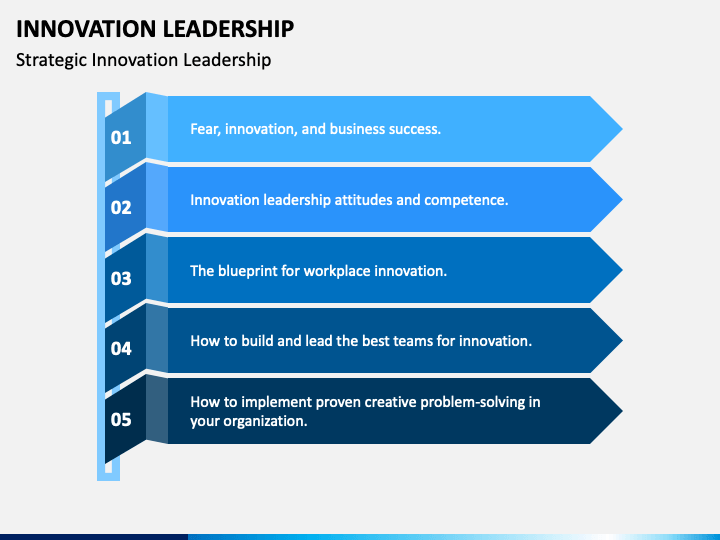
Driving Organizational Excellence through Strategic Leadership Innovation
In the ever-evolving business landscape, strategic leadership innovation has become a linchpin for organizations aiming not just to survive but to thrive. Let’s delve into the crucial role strategic leadership plays in fostering innovation and steering organizations toward excellence.
Defining Strategic Leadership Innovation
Strategic leadership innovation involves the application of forward-thinking, creative, and adaptive strategies by leaders at the helm of an organization. It goes beyond traditional management approaches, focusing on proactively identifying opportunities, navigating challenges, and driving transformative changes to achieve long-term success.
Aligning Innovation with Organizational Goals
Effective strategic leadership ensures that innovation aligns seamlessly with organizational goals. Leaders set the vision, define clear objectives, and create a roadmap that integrates innovative approaches. This alignment ensures that innovation efforts are purposeful, contributing directly to the overall success and sustainability of the organization.
Fostering a Culture of Creativity and Risk-Taking
Strategic leadership innovation thrives in a culture that encourages creativity and embraces calculated risk-taking. Leaders set the tone by fostering an environment where team members feel empowered to share ideas, experiment with new approaches, and learn from failures. This culture of innovation becomes a driving force for continuous improvement.
Adopting Technology and Digital Transformation
In the modern business landscape, strategic leadership innovation often involves leveraging technology and embracing digital transformation. Leaders need to stay abreast of technological trends, understanding how emerging tools and platforms can enhance efficiency, streamline processes, and position the organization for future success.
Empowering and Developing Talent
Strategic leadership extends to empowering and developing talent within the organization. Leaders invest in the growth of their teams, providing opportunities for skill development, training, and mentorship. A skilled and motivated workforce becomes a valuable asset in driving innovation and achieving strategic objectives.
Strategic Leadership Innovation in Crisis Management
Effective strategic leadership shines brightest during times of crisis. Innovations in crisis management require leaders to think on their feet, make data-informed decisions, and lead with resilience. Whether navigating a global pandemic or responding to market uncertainties, strategic leadership innovation becomes a cornerstone for organizational resilience.
Embracing Sustainability and Social Responsibility
Strategic leaders recognize the importance of sustainability and social responsibility in today’s business environment. Innovation goes beyond profit margins to encompass ethical practices, environmental consciousness, and social impact. Integrating sustainability into strategic leadership fosters a positive organizational image and contributes to long-term success.
Building Strategic Partnerships for Growth
Innovation often thrives in collaboration. Strategic leaders understand the value of building partnerships and alliances. Whether through industry collaborations, joint ventures, or ecosystem partnerships, strategic leadership innovation extends beyond organizational boundaries to leverage collective strengths for mutual growth.
Continuous Adaptation and Learning
Strategic leaders embrace a mindset of continuous adaptation and learning. In a dynamic business environment, what worked yesterday may not work tomorrow. Leaders who foster a culture of adaptability and encourage continuous learning contribute to an agile organization that can pivot and innovate in response to evolving challenges and opportunities.
Strategic Leadership Innovation: A Catalyst for Organizational Excellence
Explore how strategic leadership innovation can drive organizational excellence here. In the pursuit of sustained success, organizations must recognize that innovation is not a one-time endeavor but an ongoing process. Strategic leaders, by championing innovation, become architects of organizational excellence, steering their teams toward a future of continuous growth and relevance in the ever-changing business landscape.



